7 Powerful Ways Irish Haiku Poems Capture Mindfulness and Nature
Introduction to Haiku Poems in Irish Poetry
Contents
- Introduction to Haiku Poems in Irish Poetry
- 1. Michael Hartnett’s “Inchicore Haiku” — Urban Mindfulness in Three Lines
- 2. Seamus Heaney’s Quiet Haiku – Strength in Simplicity
- 3. Gabriel Rosenstock’s Bilingual Brilliance in Haiku
- 4. Juanita Casey’s Wild Spirit in Early Irish Haiku
- 5. Nature as a Portal to Stillness in Irish Poetry
- 6. Mindful Living Through Haiku Poems
- 7. Irish Haiku in Education and Wellness Spaces
- FAQs About Irish Haiku Poems
- Conclusion: Stillness in the Irish Soul
Haiku poems are poetic snapshots of the present moment—minimalist, emotionally resonant, and deeply reflective. Though rooted in Japanese tradition, these three-line compositions have found a spiritual and cultural home in Irish literature.
Irish poets reinterpret haiku poems to reflect local experiences, natural beauty, and personal introspection. Whether written in English or Irish, these short verses resonate deeply with the mindful spirit that has long been part of Celtic and poetic traditions.
1. Michael Hartnett’s “Inchicore Haiku” — Urban Mindfulness in Three Lines
Michael Hartnett’s Inchicore Haiku (1985) offers a meditative take on Dublin life. Through crisp language and emotional precision, he captures longing, memory, and quiet humor in his haiku poems.
Now in Inchicore
my cigarette-smoke rises
like lonesome pub-talk
Each of these moments is a meditation—his verses become emotional landscapes, revealing how haiku poems can hold deep solitude and humanity in just 17 syllables.
2. Seamus Heaney’s Quiet Haiku – Strength in Simplicity
Although best known for his lengthier lyrical works, Seamus Heaney also explored haiku poems in moments of personal reflection. His minimalist compositions highlight themes of strength, legacy, and mindful presence.
Dangerous pavements.
But I face the ice this year
With my father’s stick.
In just a few lines, Heaney connects memory, mortality, and resilience—a mindful reflection on the passage of time and inherited strength.
3. Gabriel Rosenstock’s Bilingual Brilliance in Haiku
Gabriel Rosenstock is a prolific advocate for haiku poems in Ireland. Writing in both English and Irish, he blends Zen teachings with Gaelic tradition. His work celebrates the natural world, fleeting encounters, and cultural duality.
long conversations
with old friends – swallows
about to disappear
Rosenstock’s bilingual approach allows him to elevate haiku poems into lyrical meditations that span language and spirit.
4. Juanita Casey’s Wild Spirit in Early Irish Haiku
Juanita Casey brought a unique voice to Irish literature, one that harmonized nature with inner depth. Her early adoption of haiku poems reflects a curiosity about structure and a reverence for intuition.
Though her verses were fewer in number, they helped open the door for Irish poets—particularly women—to explore how they can distill raw experience into spiritual essence.
5. Nature as a Portal to Stillness in Irish Poetry
Ireland’s landscape—its mists, bogs, cliffs, and coastal winds—offers rich imagery for haiku poems. Irish haiku don’t just borrow nature as backdrop; they engage with it as a living force.
clouds drag across the fields
sheep turn into themselves
wind does not explain
Verses like these speak to the symbiosis between external landscape and internal state—core to both Irish poetry and the haiku tradition.
6. Mindful Living Through Haiku Poems
Practicing mindfulness through haiku poems involves a simple yet transformative process:
- Observe one moment in your day
- Jot down what you see, hear, or feel
- Shape your thoughts into a 5-7-5 syllable format
This practice transforms fleeting experiences into meditative acts of creativity. Haiku poems act as still points in a moving world.
7. Irish Haiku in Education and Wellness Spaces
Educators and therapists have found that haiku poems can be powerful tools in teaching mindfulness, fostering emotional literacy, and connecting students with nature and heritage.
In Irish settings, students relate easily to these poems, as they mirror the rhythms of daily life and the serenity of familiar landscapes.

FAQs About Irish Haiku Poems
Q1: Are haiku poems part of Irish poetry tradition?
Yes, Irish poets have adopted and adapted them for decades, using them to explore nature, memory, and personal identity.
Q2: Who are some of Ireland’s leading haiku writers?
Michael Hartnett, Gabriel Rosenstock, Seamus Heaney, and Juanita Casey are among the most notable voices in Irish haiku.
Q3: Do Irish poets write haiku in the Irish language?
Yes. Many, like Rosenstock, write in both Irish and English, enriching the cultural and poetic landscape.
Q4: Can haiku poems help with mindfulness?
Definitely. Their structure encourages reflection, observation, and clarity—perfect for mindfulness practice.
Q5: What’s unique about Irish haiku?
Irish haiku poems often reflect native landscapes, Celtic themes, and emotional subtlety, setting them apart from traditional Japanese imagery.
Q6: Where can I find more Irish haiku?
Books like Inchicore Haiku and resources from the Irish Haiku Society are excellent starting points.
Conclusion: Stillness in the Irish Soul
From misty fields to urban corners, Irish haiku poems reflect a deep-seated reverence for the now. These poems, though brief, act as anchors in a fast world—inviting us to pause, feel, and connect with something deeper.
Whether you read Hartnett’s longing, Heaney’s quiet strength, or Rosenstock’s lyrical clarity, you’ll find in each verse a moment of mindful magic.
